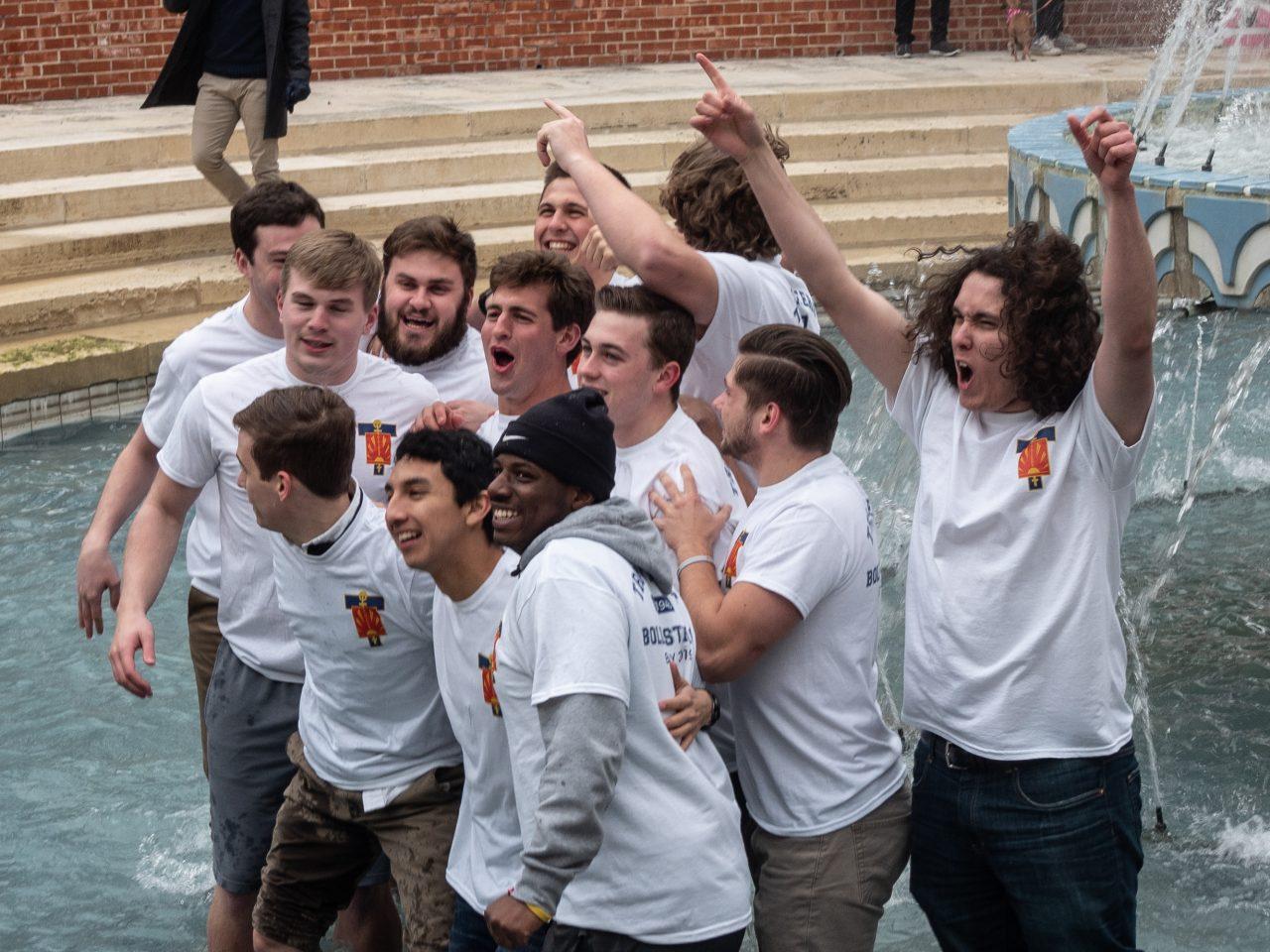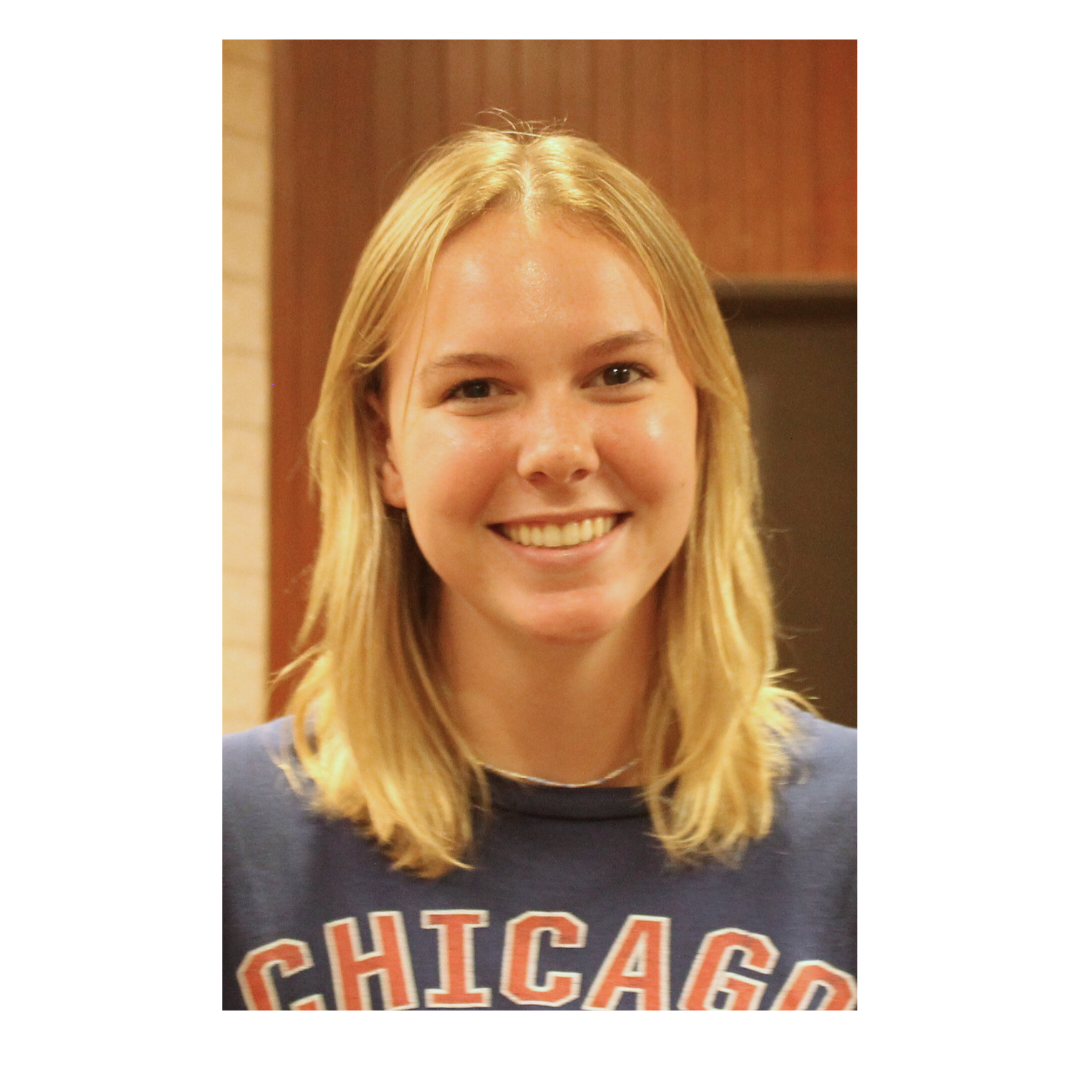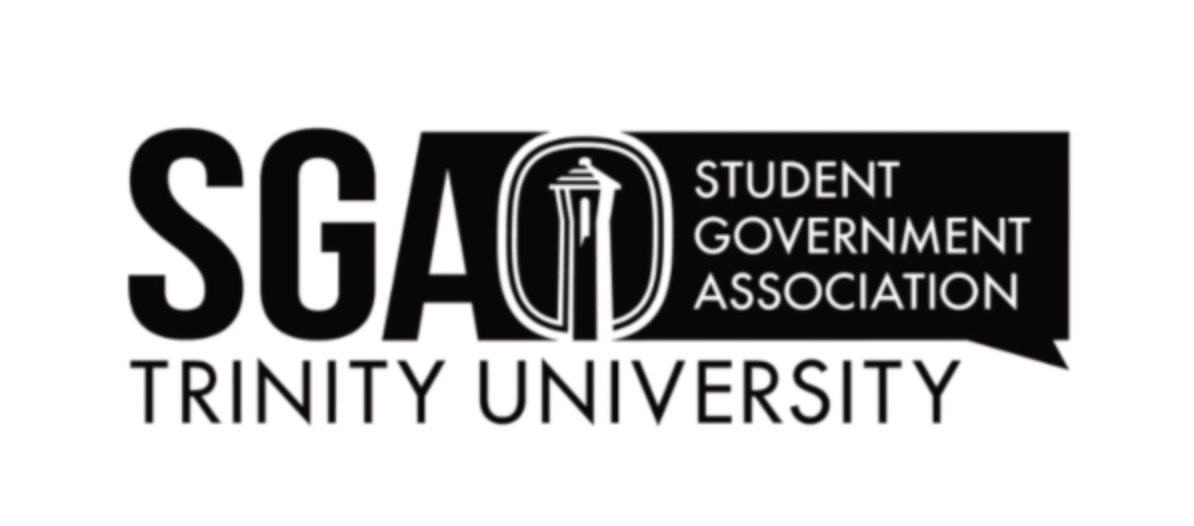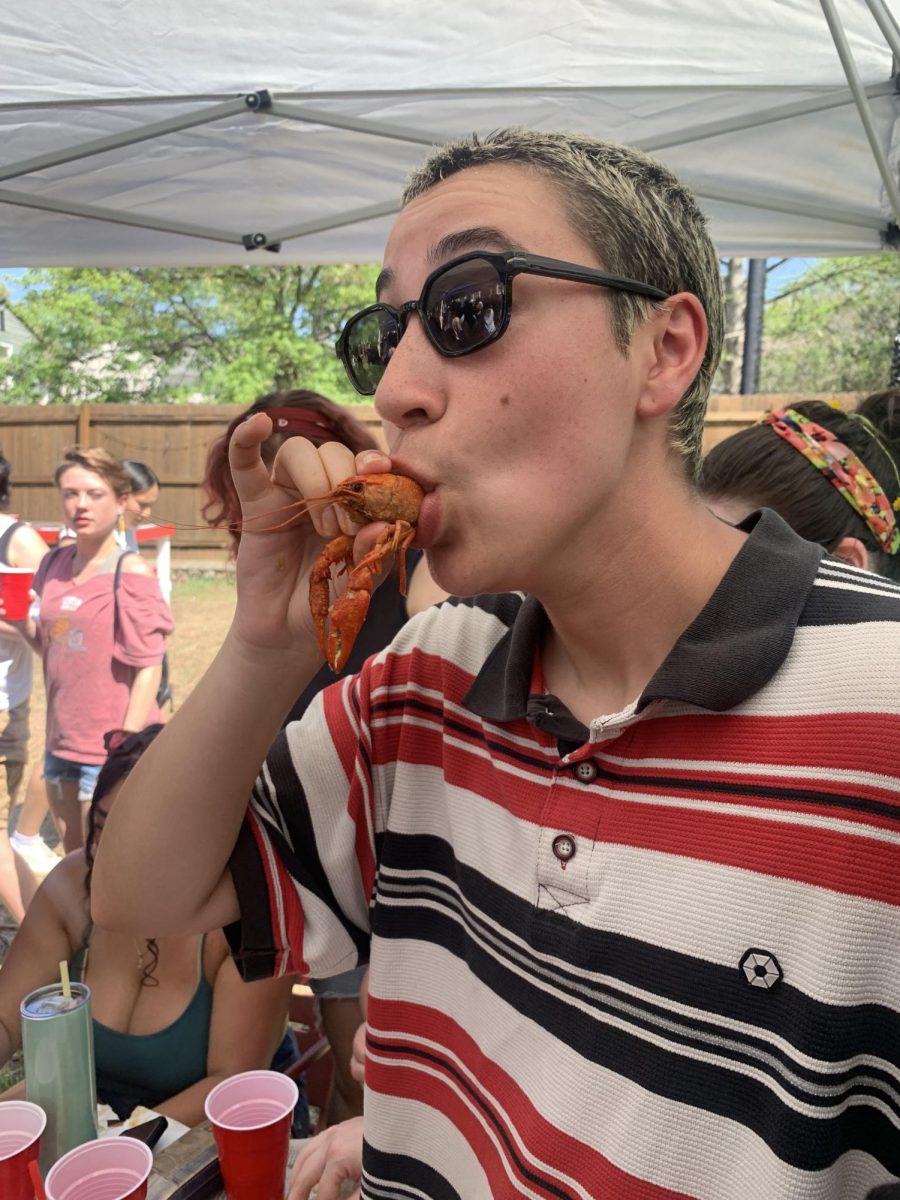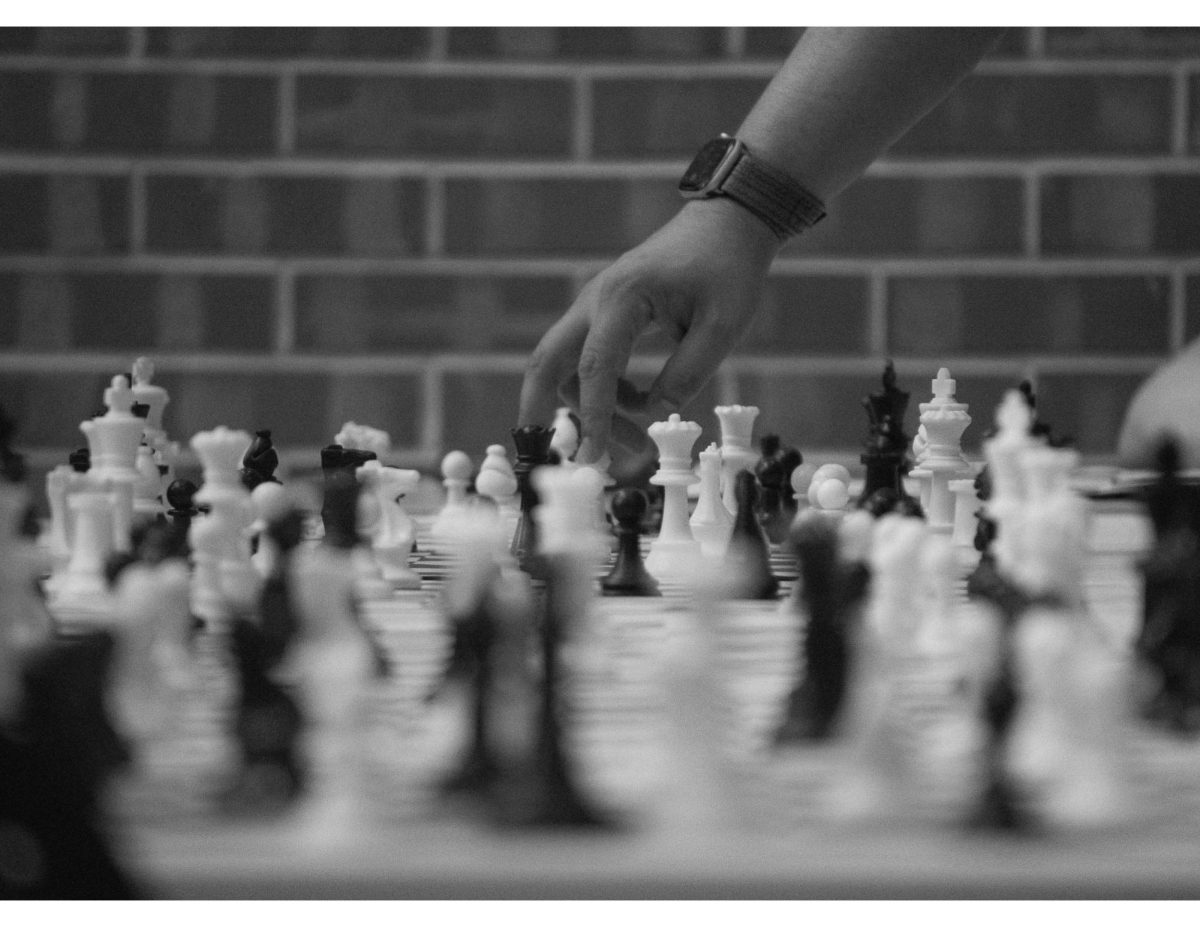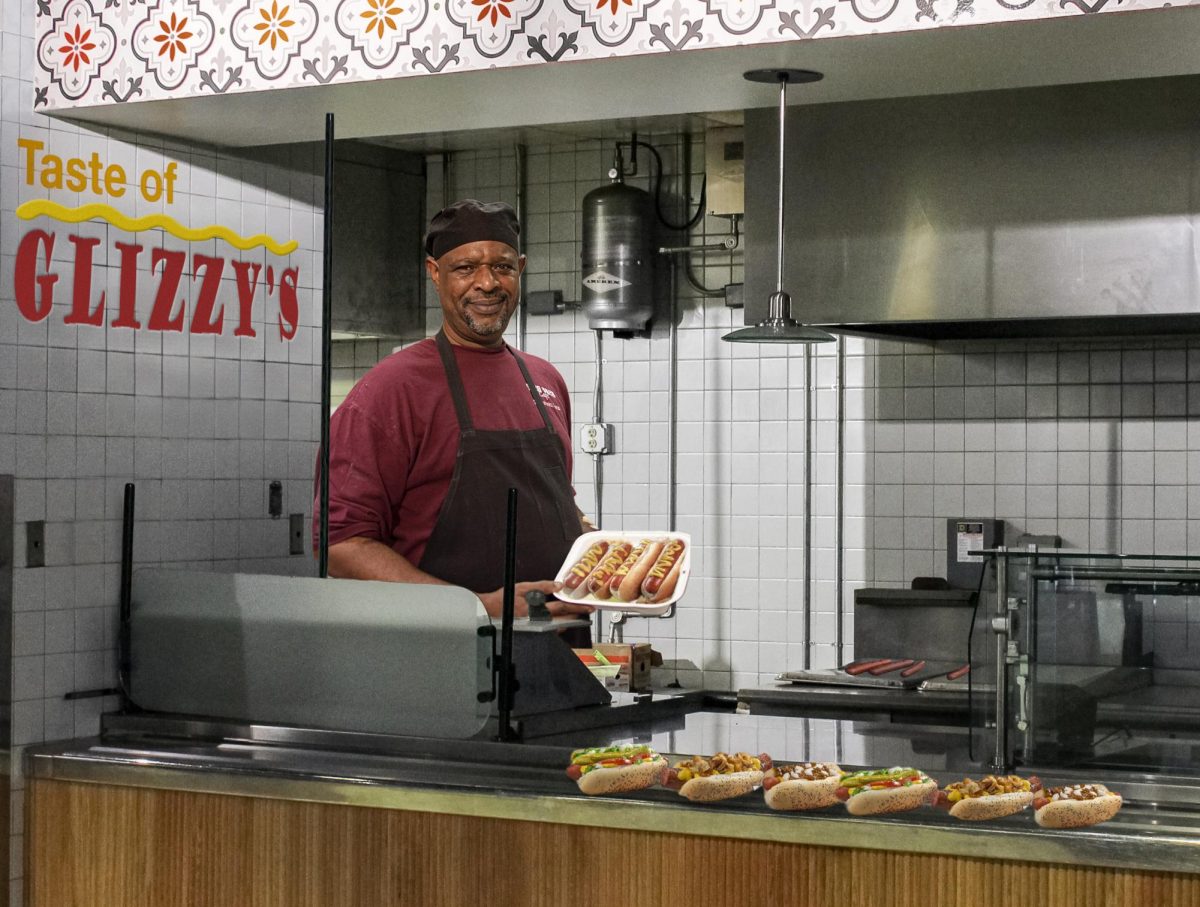Photo by Genevieve Humphreys
After a probation that began in Fall 2015, the Triniteers fraternity is now back on campus with 14 new active members. The recruitment process for this new group of members was led by 11 Teers alumni, several of whom will also lead the Teers orientation.
Orientation is a period of up to four weeks after bid day where new members of Greek organizations are taught about the values and histories of their respective clubs. Teers alumni Jeremy Boyce, class of 2003 and associate director of Admissions, explained how the Teers’ orientation will work this year.
“We have a pretty good template already laid out, and our plan for this process is good,” Boyce said. “It’s been interesting because it’s been more of just getting to know the guys and having the guys get to know each other more. A lot of it is just dinners and getting them to learn more about the history of the club. They’ve met their SPUR big sisters. We’ve had to build on that relationship a bit more. As we continue through the process, it’ll be a lot more of figuring out how to have them bond even more so.”
Boyce explained that because there are no currently active members, some things about the Teers orientation process will differ from other Greek organizations’ orientations.
“I would say if you’re trying to think of how it’s set up, it’s being more so done like a business retreat-type session,” Boyce said. “We’re going to do ropes courses, we’re going to go camping, we’re going to do escape rooms. We’re going to do things of that nature that will allow them to have challenges presented to them, and they’ll have to work through those challenges together.”
Although some restrictions were placed on the orientation, the process is similar to what is laid out for other Greek organizations.
“They wanted us to limit our alumni involvement to alumni that graduated in 2013 or older,” Boyce said. “Other than that, we’ve been treated the same way as everyone else. When we had an attempt [to return to campus] a few years ago in 2013 that did not work. We had a lot of restrictions on us that stopped us from effectively being able to curate a good foundation.”
Jamie Thompson, director of Student Involvement, explained that the university asked that alumni involvement be limited to students who graduated in 2013 or earlier.
“Just philosophically, it’s about making sure that there are mature, experienced, wise voices at the table and guiding new actives, and given the organizations history of having turned over pretty quickly in that time frame, being here and not being here, that was an important piece,” Thompson said. “The alumni have been completely on board and supportive in finding alumni who meet that requirement, and they’ve made some great choices in finding who has that capacity locally to support their work but also looking at good mentors and role models.”
Of the 14 new Teers members, three different class years are represented.
“We have six freshmen, six sophomores and two juniors who are part of it,” Boyce said. “We’ve got a good spread there, which is kind of what we needed because we need to have a bit more longevity. Then there’s that maturity that comes with having upperclassmen; we needed that also.”
The new members also represent several different majors and areas of involvement on campus.
“We’ve got engineers, we’ve got accountants, we’ve got the entrepreneurship program,” Boyce said. “We’ve got guys that are in Mock Trial, guys that are in track. There’s a good variety of the students engaged. One of the things that I’m really proud of is that out of the 14, 10 of them have over a 3.0 GPA. So we want to try to set a different standard for what the academic level should be.”
Sophomore Will Symonds, a member of the new active class, feels that the club is a unique organization at Trinity.
“Me and my roommate went through the rush process last year and we didn’t really feel like anything spoke to us,” Symonds said. “I know there had been talk of the club being allowed back on campus this year and so we reached out to a lot of alumni and the alumni did a really good job of communicating with us and making us feel welcome. We were really invested in it, and we felt like it would be a great opportunity for us to help bring back one of the most historic clubs at Trinity.”
Symonds also shared some of the goals of the new members of the Triniteers.
“I think the most important thing to us is to find a balance between honoring the historic past of this club and meeting the demands of today’s Trinity,” Symonds said. “Two really big things for us are service and leadership at the university. We want our guys to be really involved and make an impact on the school. We’re glad to be back.”
Isaac Bartolomei, junior, found out about the Triniteers as a sophomore. (Bartolomei is an advertising executive for the Trinitonian.)
“I played lacrosse with a bunch of the former Triniteers, who were a couple years older, and I ended up playing on a team with them,” Bartolomei said. “They said to me that being a Triniteer was awesome and that they couldn’t rush, they couldn’t exist, but they wanted to clear the way so that if I was still around or whoever else was still around when they came back, they could come back strong. As a junior, I’ll be an active for 18 months so I think that for me I just want to leave the rest of the organization and Trinity with an awesome club by the time I leave. I think the Triniteers are going to be awesome.”
Boyce is also glad that the Triniteers are back and feels that their return has been received well.
“We’re very appreciative of how the university and how President Anderson and Jamie [Thompson] have been very supportive of us,” Boyce said. “It really made us feel as though we’re wanted back on this campus. That’s helped us to make sure as we do this, we’re not those outcasts that are over there, but that we’re back and part of the community and it’s really good to feel that way.”
with additional reporting by Julia Weis, editor-in-chief, and Kathleen Creedon, executive editor of print

